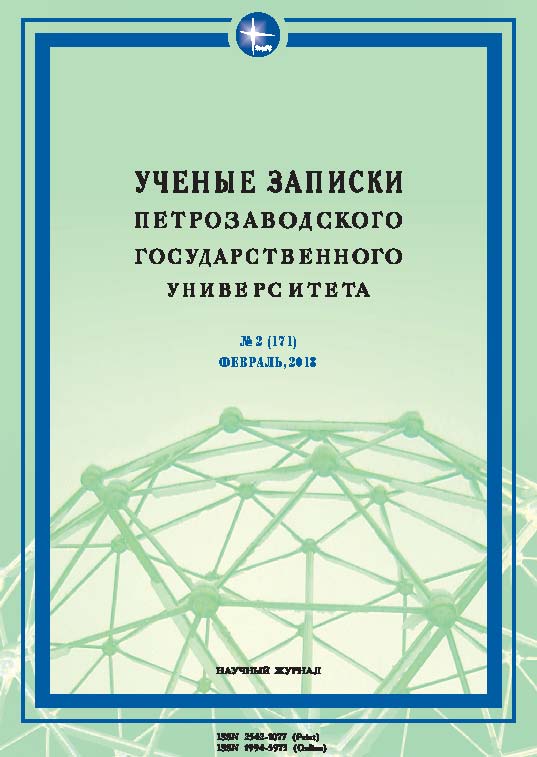Единоверие в религиозном ландшафте Европейского Севера России
EDINOVERIE IN THE RELIGIOUS LANDSCAPE OF THE EUROPEAN NORTH OF RUSSIA
Author(s): Irina Nikolaevna RuzhinskayaSubject(s): History, Local History / Microhistory
Published by: Петрозаводский государственный университет
Keywords: the Edinoverie; the Edinoverie’ parish; Old Believers; the European North of Russia
Summary/Abstract: The purpose of this article is to study the history of Edinoverie parishes of the European North of Russia. This example has helped to reveal regional specifics of this belief for the first time. Our study approaches Edinoverie as a religious-historical phenomenon. The evolution of Edinoverie was traced to the time when religious groups practicing this belief experienced high pressure conditioned by the policy of the church and the state of that time. The pressure was also determined by developing internal trends. The specificity of the chosen sources is explained by the methodological approach employed in the study of the texts on the researched problem. The documents of Olonets Ecclesiastical Consistory on Edinoverie parishes are introduced into the scientific circulation for the first time. The published and unpublished array of documents enables the author to reconstruct the religious landscape of the Russian European North, taking into account the historical experience of Edinoverie parishes. The object identification of the studied religious groups was conducted on the basis of 38 religious structures of Northern Russia. The author has identified two dominant periods of the church buildings’ construction by Edinoverie parishioners of the region. One of these periods is the era of liberal reforms introduced by the Emperor Alexander II. It was the time when the Synod of the Church was in the process of implementing an anti-Old Believers project. The second period included a time period between the XIX–XX century. It was the time of manifestation of believers’ initiative. Most of the common faith churches in the region belonged to the category of rural, single-pedestal, wooden, bell tower structures with a parish school. The author studied personalities of local parish leaders and revealed that the first generation of Edinoverie clergy came from the community of local peasants. They were well versed in ancient traditions of worship and experienced in spiritual counseling. The objects of sacred heritage of the Old Believers’ monasteries and chapels of the European North of Russia were preserved by the parishioners of Edinoverie churches. The author comes to a conclusion that the historical (external) events of the 20th century and the specifics of the Old Believers groups had been deterrent to the large-scale propagation of Edinoverie in the region. Further studies of the history of the Old Believers’ parishes of the Orthodox Church are seen as particularly relevant given the revival of Edinoverie, the intensification of religious tourism, and pilgrimage practices in modern Russia.
Journal: Ученые записки Петрозаводского государственного университета
- Issue Year: 2018
- Issue No: 2 (171)
- Page Range: 54-62
- Page Count: 9
- Language: Russian

